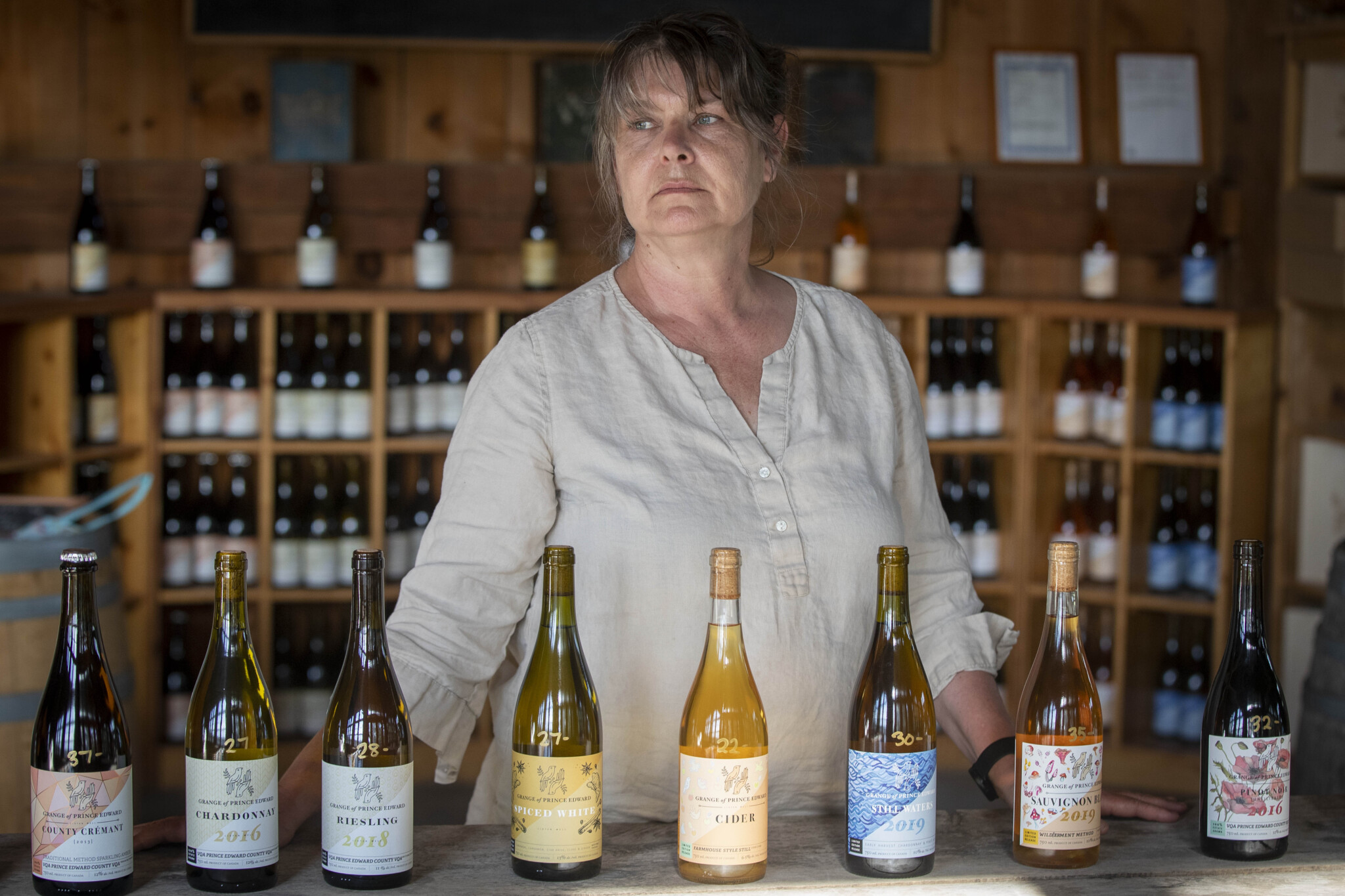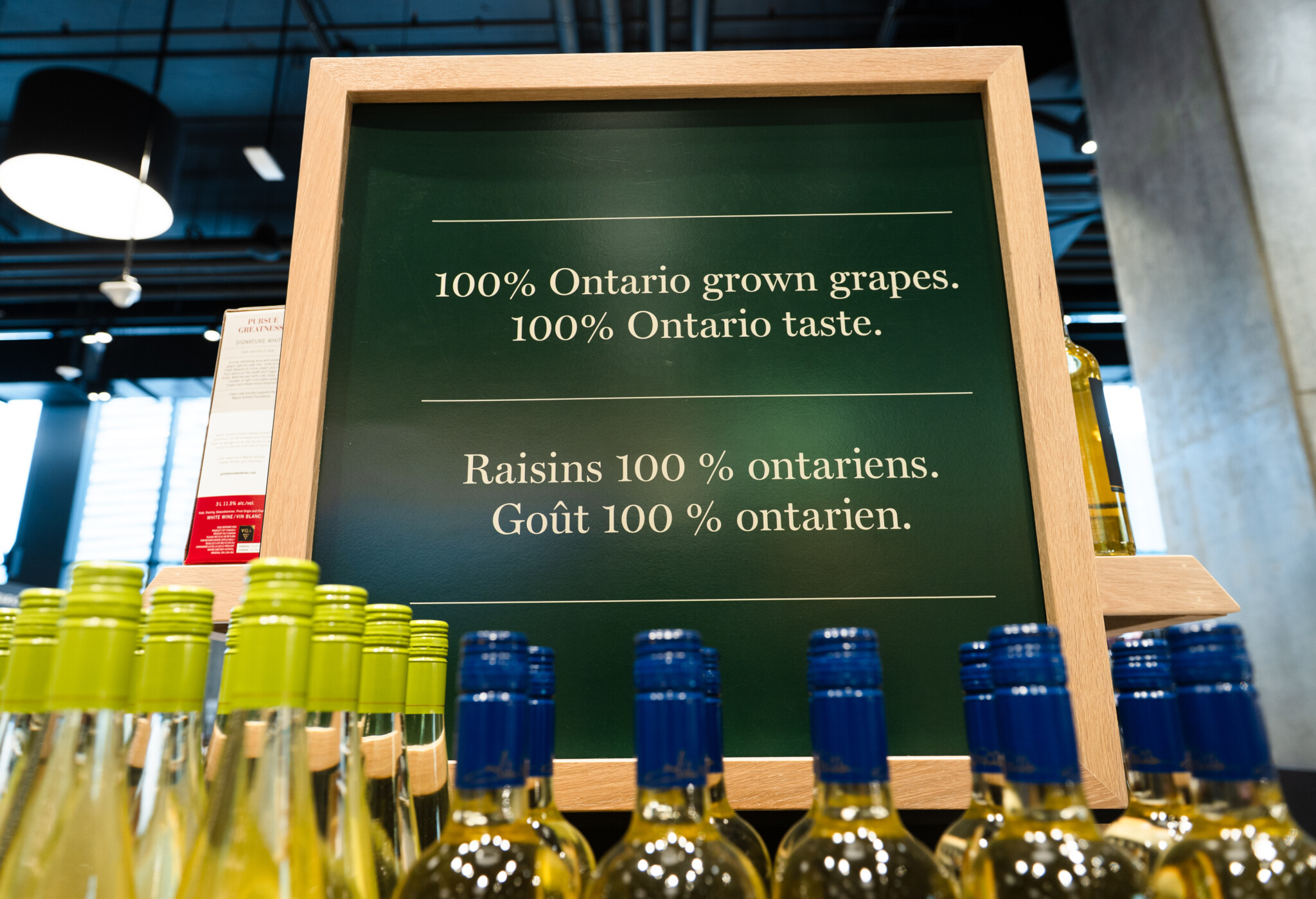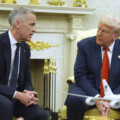I recently read a European journalist’s article about a marketing report which outlined that the future of selling wine lay in the determination of the purchaser’s “mission.” This will be aided, if not done outright, by AI that pores over each of our personal sets of data. The wine trade of the future will only succeed by knowing what wine we’ll need at a given moment.
The idea of a wine purchaser who’s on a mission makes sense. I buy wine mostly to try as many different things as are available in the market, which may not be laser-focused, but still qualifies as a purpose. When I overhear customers asking for wine advice at the liquor store, it’s usually within the context of the desire for a specific use or quality. The wine could be for some occasion (special or not) or fit into a more general category of mission, like being made in ways that aren’t harmful to the environment.
A reliably popular mission is the search for value. On its most basic level, the means avoiding a mistake. Nobody wants to pay any price for a bottle of wine that tastes bad. The wine world has done a pretty good job at identifying and (hopefully) weeding out bad-tasting wines through its categories of flaws, so that a smaller and smaller amount of truly unpleasant wines come to market.
Once past the very low bar of avoiding wines without any real value, calibrating the value of one decently made wine against another is more complicated. Wine writers sometimes use the shorthand acronym QPR, which stands for quality-to-price ratio. QPR operates on a wino’s theory of relativity, so that more affordable wines are judged more generously than more expensive ones.
There are times when a wine consumer’s mission is removed from QPR. For instance, if the point of the purchase is to present a flashy and expensive gift, then a low QPR wine might be more desirable. Some wineries understand this and will make a small quantity of a line of very expensive wines that aren’t particularly different from their others, but rise to the most special of special occasions.
Looking at the top-selling wines where I live in southern Ontario (at least before the Trump tariffs wreaked their havoc), it’s hard not to conclude that most wine consumers set the price first, then deal with the quality. In my humble opinion, most of the top wine brands in the world have a lower QPR than they should, based on my knowledge of what I think are superior wines that cost as much. I think a lot of consumers will trade a few points of QPR for safety and reassurance.
What the popular wine brands really sell is security. Buy a top brand, and you will at least know that you haven’t made a terrible mistake. You can rely on the brand’s consistency. This becomes a sort of self-fulfilling prophecy or closed feedback loop, since mass production encourages uniformity.
Mass production also encourages mediocrity. Luckily, in the wine world, there’s a way around that. Sometimes, the way around comes in an organized way from on high. Other times, as I discovered earlier this month in Niagara, it comes from the bottom up.
In the wine world, a region, or an appellation, is also a brand. Champagne, Bordeaux, and Burgundy might still be the most recognized. In France, the appellations operate under a Cahier des Charges, which translates to a “book of orders.” The purpose of the Cahier, or the rules of any given organized region, is to set a baseline of quality. In this way, diverse producers can, in theory, express their individual tastes while maintaining a consistent and reliable product that consumers will recognize.
It works: consumers familiar with Chianti Classico or Marlborough Sauvignon Blanc can expect a certain level of quality and character in the wines with those words on the bottle. The problem comes when producers in the region can’t agree on the rules. This can lead to schisms, civil marketing wars, and cranky winemakers.
In individualistic North America, the rules tend to be pretty lax. In Ontario and B.C., the Vintners Quality Alliance (VQA) designation does not guarantee much more than that the grapes that in the wine in the bottle were grown in the province. Decisions about how to make wine are left pretty much to the winemaker. Historically, the results have varied.

Caroline Granger at her vineyard in Hillier, Ont., May. 21, 2021. Lars Hagberg/The Canadian Press.
And yet, after four days of tasting through the International Cool Climate Chardonnay Celebration around the Niagara region in July, I could perceive an emerging and distinct Ontario Chardonnay style. Or, put in plain English, there were no bad wines.
I4C is a 15-year-old series of events hosted and held in Niagara every July. (I wrote about it in more detail last year in The Hub, here and here.) It’s a combination of professional development seminars (The School of Cool), media touring and tasting, and consumer events.
Visiting wineries and winemakers from the Okanagan, Nova Scotia, France, Tasmania, and Prince Edward County are in attendance this year. But most of the wine poured is from the peninsula bordered by Lakes Erie and Ontario and the Niagara River. And, at the official events, it’s all Chardonnay.
The wineries must decide whether to participate in I4C or not. This is to say, the wines I tried came from a self-selecting pool of producers who reckoned the Chardonnay they’ve put out into the market is good enough to be scrutinized by and compared to those of their peers. There’s no formal competition, but the stakes are high enough that no one wants to leave the show embarrassed.
The wines poured are not the most expensive. The consumer element of the show means that the Chardonnay needs to be readily available at volume to those who’d like to buy some more. But they’re not the cheapest wines either, and a second round of self-selection for choosing the wines skews towards high QPR.
The QPR sweet spot, with many exceptions, for Ontario Chardonnay seems to rest somewhere between $25 and $35. These are wines priced above and beyond everyday. They warrant a special occasion, but maybe not that special. Maybe just a really nice dinner at the end of the week.
So, what’s the Q that comes with the P in Ontario Chardonnay these days? Lots of forward fruit: apples, peaches, or citrus. Bright cool climate acidity; always looking for food. An easy hand on the oak, if any; one trend spotted is using cement tanks made from locally quarried limestone.
And is it working? It seems to be: one producer told me that since California wines were removed from many Canadian shelves, and many Canadians have just stopped buying those top California brands, their sales have increased by over 200 percent. Maybe the market’s the best at giving orders after all.










